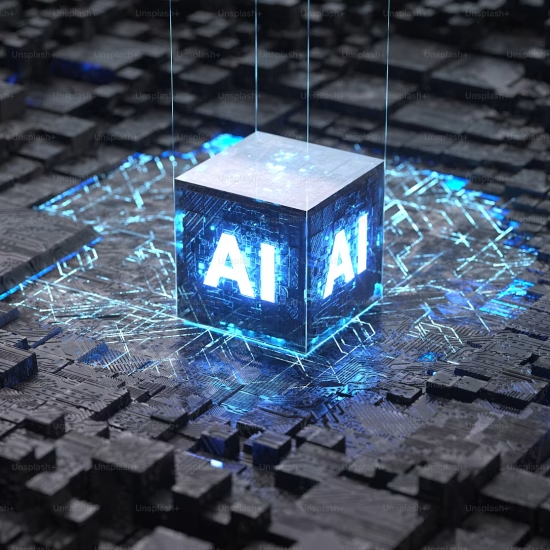
Schools and districts all over the country are facing growing pressure to integrate technology into the classroom in a meaningful way. There is a growing consensus that students must leave school technology literate if they are going to be successful in an increasingly digital world.
Many schools are embracing blended learning because they want to weave the best of face-to-face learning with learning online to cultivate the skills students need to be successful in college and careers. However, making this shift from traditional learning to blended learning is daunting and impacts every stakeholder in a school community, including leaders, teachers, IT staff, students, and parents. As a result the journey from old to new, from traditional to blended must be a shared journey–one in which all stakeholders are engaged and all voices are heard.
For a blended learning initiative to be successful long term, decisions cannot be top down or device driven. Instead leaders must carefully consider why they want to make a shift to blended learning and how that shift will benefit members of the school community.
It is up to the leaders to build a school culture that prioritizes learning and innovation while recognizing that “failing forward” is a crucial part of making large scale change in education. As with any big shift, thoughtful planning, design, implementation and iteration are necessary to long-term success. Leadership must work closely with teachers to ensure that teachers, who will actually be implementing the blended learning models, are invited into the visioning process early on.
Leaders must take the time to understand what is important to various stakeholders.
- What are the needs and interests of different groups within the larger school community?
- What concerns do stakeholders have about blended learning?
- What pain points do stakeholders currently experience? How can these pain points be mitigated or alleviated?
The needs, concerns, and pain points expressed by various groups must be taken into account at the start of this process. Then the challenge for leadership is to develop a roadmap that gets everyone moving in the same direction towards a shared vision.
The shift from a traditional approach to a blended one is particularly daunting for teachers. It requires teachers rethink their approach to lesson design, facilitation, and assessment. It requires a different set of tools, many of which teachers are unfamiliar with and unsure how to use in their classrooms. It’s important that schools and districts support teachers throughout the process of implementing blended learning.
Teachers need to have a clear understanding of the different blended learning models that will work well at their school site. Although there are a range of models–Station Rotation, Whole Group Rotation, Flipped Classroom, Individual Rotation, Playlist and Al a Cart–some will work better than others at a given school site. Schools who cannot afford to put technology in the hands of every student may want to focus initially on the Station Rotation Model and the Flipped Classroom, which makes the most of limited technology. While schools that are 1:1 or have a BYOD policy may want to experiment with several different models. Teachers must understand the benefits and challenges of each model. They need strategies for lesson planning and device management, examples of blended lessons, tips for overcoming common challenges associated with implementation, and support from school leaders and teacher trailblazers.
This shift will take time. It will require that teachers feel safe to experiment and fail. Ongoing support and professional development–both in person and online–can help teachers as they make this transition. Leaders should also identify those teacher trailblazers who are excited about technology and leverage their talent to provide coaching for their colleagues as they implement blended learning models.
Blended learning is quickly evolving and can take many shapes and forms. It’s important that school leaders and teachers work in concert to explore different blended learning models and, ultimately, use those models to personalize learning for individual students. When blended learning initiatives are successful they allow for more personalization, agency, connectivity, access to authentic audiences, and creativity.
I wrote Blended Learning in Action: A Practical Guide Toward Sustainable Change with co-authors Tiffany Wycoff and Jason Green to support both teachers and leaders in their shared journey from a traditional model to a blended learning model. This transition will not happen overnight, but there is a clear path schools and districts can follow to transform teaching and learning for a new generation of students. We adamantly believe that blended learning is not only necessary to preparing students for a rapidly changing world, but it can also engage, excite, and empower both teachers and learners!







Pingback: Sharing the Journey to Blended Learning - Corwi... / October 30, 2016
/